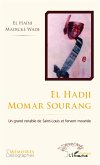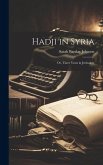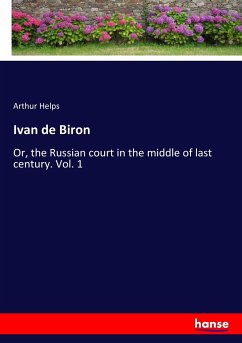IVAN ILYCH AND HADJI MURAD by LEO TOLSTOY. Originally published in 1935.Contents include: INTRODUCTION. By AYLMER MAUDE . . vii THE DEATH OF IVAN IL CH. 1886 . . i MASTER AND MAN. 1893 . . .74 A TALK AMONG LEISURED PEOPLE. 1893 . 138 WALK IN THE LIGHT WHILE THERE IS LIGHT. i . . . . .143 MEMOIRS OF A MADMAN, ea. 1884 . .210 LIST OF TARTAR WORDS IN HADJI MURAD . 226 HADJI MURAD. ca. iSgGfi and 1901 4 . . 227 FfcDOR KUZMlCH. 1905 . . . . 385. PREFACE: THE Death of Ivan Ilych is one of Tolstoys best JL stories. After the completion of Anna Kartnina he was so preoccupied with religious problems for about nine years that he wrote no fiction except some of the short stories that appear in Twenty-Three Tales. A report spread that he had abandoned art, but when, in 1886, The Death of Ivan Ilych appeared the critics promptly exclaimed At last his train has come out of its tunnel. The Death of Ivan Ilych was written about the same time as his philosophical work On Life, which treats of the fact that life inevitably leads on to corporeal death, and indicates that we cannot look to the flow of matter that constitutes our body to furnish any rational hope of permanent survival. Neither the Egyptian practice of mummification, nor asser tions of belief in a resurrection of the body, nor any grafting with monkey-gland, can conceal the inevitable end that awaits our bodies. Tolstoy was firmly convinced that there is something more permanent in our personalities than in our corporeal encasement, that mans true life dwells in his spirit and that the fear of death ceases when he experiences the awakening to real life which comes when we mingle souls with one another. In What is Art he says that The destiny of art in our time is to transmit from the realm of reason to the realm of feeling the truth that well-being for men consists in their being united together, and the philosophic truth stated in On Life is presented in fictional form in The Death of Ivan Ilych for readers whose feelings may be reached by art more easily than by argument. Master and Man, which comes second in this volume, is a story of peasant life written on the same theme as The Death oflvdn Itych. More than one of Tolst6ys later stories treats of scenes with which he had dealt when he was a young man. Master and Man, for instance, is strongly reminiscent of The Snow Storm. That earlier effort consisted, how ever, entirely of closely observed incidents and characters, while what is essential in Master and Man are the feelings arising from the authors mature understanding of life and death. In it, again, we have a man who, when near physical death, ceases to be afraid and finds true life by coming into brotherly contact with his fellow man. A Talk Among Leisured People, like many of Tol st6ys writings, is evidently closely drawn from per sonal experience. We can almost hear in it the opposition expressed by his wife and other members of his family to such changes of the external con ditions of life as he aimed at and they made so difficult for him. Walk in the Light While There is Light is, for him, a poor story, and almost the only one in which he subordinates artistic veracity to tendentious teaching. I met members of the so-called Tolstoyan Colony at Purleigh in Essex, who told me that they had been influenced by this story...
Bitte wählen Sie Ihr Anliegen aus.
Rechnungen
Retourenschein anfordern
Bestellstatus
Storno








